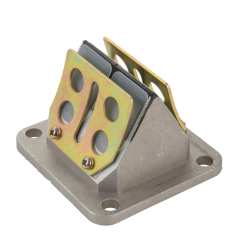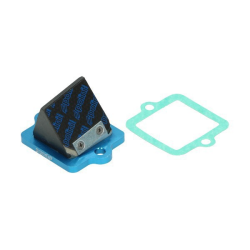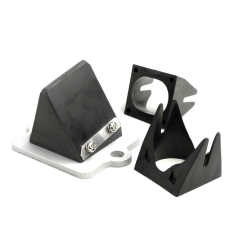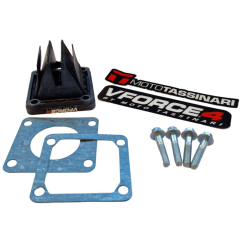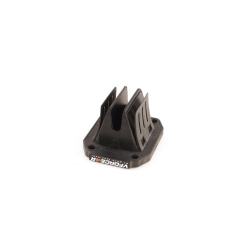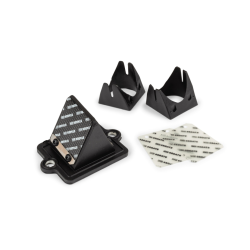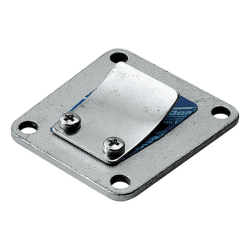The best scooter shop in 2025
Membrane
Membrane Polini Big Evo Piaggio 50-180CC 2-Stroke
Membraan BGM Piaggio 50-180CC 2-Takt
Membraan VForce 4R Yamaha RZ350 / RD350
Membraan VForce 4R Derbi Senda / Honda CR85R
Membrane Dopper S3R Piaggio 2-stroke
Membrane Stage6 Racing Viton Piaggio 50-180CC 2T
Membraan Doppler ER2 Tomos
Membrane: A Crucial Component for your Moped or Scooter
A membrane is an essential part of a moped or scooter's engine, and plays a crucial role in the supply of fuel and air to the cylinder. To understand how a membrane works and why it is so important, we answer the key questions about the meaning, function, and operation of a membrane below.
What is the meaning of a membrane?
In the context of mopeds and scooters, a membrane is a thin plate or valve used to control the air and fuel flow in the engine. The membrane is typically located in the engine's intake and functions as a one-way valve, allowing the engine to operate efficiently. It allows air and fuel during the correct phase of the engine cycle and prevents backflow to the carburettor.
What is the function of the membrane?
The function of the membrane in a moped or scooter is crucial for controlling the air-fuel mixture ratio. It ensures that fuel and air enter the cylinder at the right time and prevents the mix from flowing back. This ensures efficient combustion and prevents power loss.
The main functions of a membrane are:
- Regulating the air and fuel supply to the cylinder during the engine's intake stroke.
- Ensuring one-way traffic of air and fuel, so that combustion can take place optimally.
- Preventing backflow of the fuel-air mixture to the carburettor.
How does a membrane work?
A membrane works as a one-way valve in the engine's intake. It opens and closes based on pressure changes that occur during the engine cycle. Here is a step-by-step explanation of how the membrane works:
-
Intake stroke: During the engine's intake stroke, the piston moves downward, creating a vacuum. This vacuum pulls the membrane open, allowing the air and fuel mixture to flow into the cylinder.
-
Compression stroke: When the piston moves back up during the compression stroke, the membrane automatically closes due to the pressure increase. This prevents the air and fuel mixture from flowing back to the carburetor.
-
Combustion and exhaust strokes: During the combustion and exhaust strokes, the membrane remains closed, keeping the mixture in the cylinder for optimal combustion.
-
New cycle: As soon as the engine starts the intake stroke again, the membrane reopens to allow more air and fuel.

 Nederlands
Nederlands